Acute Cholecystitis: Everything you need to know
What is Acute Cholecystitis?
Acute cholecystitis is sudden swelling and irritation of the gallbladder. It causes severe belly pain. Your gallbladder is a small, pear-shaped organ on the right side of your abdomen, beneath your liver. The gallbladder holds a digestive fluid that’s released into your small intestine (bile), thus serving as a storage facility for bile, which is a substance that helps to helps your body break down foods and digest fat.
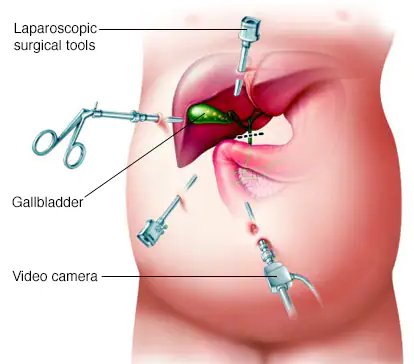
When you eat, your gallbladder releases some bile into the small intestine, where it gets to work on breaking down fats. Without a gallbladder, there’s no place for bile to collect.
Acute cholecystitis occurs when bile becomes trapped in the gallbladder. This often happens because a gallstone blocks the cystic duct, the tube through which bile travels into and out of the gallbladder. When a stone blocks this duct, bile builds up, causing irritation and pressure in the gallbladder. This can lead to swelling and infection.
Other causes include:
- Serious illnesses, such as HIV or diabetes
- Tumors of the gallbladder (rare)
- Some people are more at risk for gallstones.
Risk factors include:
- Being female
- Pregnancy
- Hormone therapy
- Older age
- Being Native American or Hispanic
- Obesity
- Losing or gaining weight rapidly
- Diabetes
Sometimes, the bile duct becomes blocked temporarily. When this occurs repeatedly, it can lead to long-term (chronic) cholecystitis. This is swelling and irritation that continues over time. Eventually, the gallbladder becomes thick and hard. It does not store and release bile as well as it did. If left untreated, cholecystitis can lead to serious, sometimes life-threatening complications, such as a gallbladder rupture. Treatment for cholecystitis often involves gallbladder removal.
Symptoms of Acute Cholecystitis:
Signs and symptoms of cholecystitis may include:
- Severe pain in your upper right or center abdomen
- Pain that spreads to your right shoulder or back
- Tenderness over your abdomen when it’s touched
- Nausea
- Vomiting
- Fever
Cholecystitis signs and symptoms often occur after a meal, particularly a large or fatty one.
Make an appointment with your doctor if you have worrisome signs or symptoms. If your abdominal pain is so severe that you can’t sit still or get comfortable, have someone drive you to the emergency room.
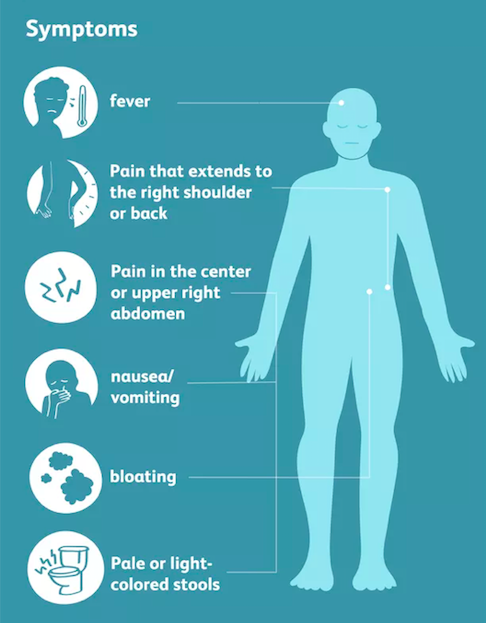
Diagnosis of Acute Cholecystitis:
Tests and procedures used to diagnose cholecystitis include:
Blood tests: Your doctor may order blood tests to look for signs of an infection or signs of gallbladder problems.
Imaging tests that show your gallbladder: Abdominal ultrasound, endoscopic ultrasound, or a computerized tomography (CT) scan can be used to create pictures of your gallbladder that may reveal signs of cholecystitis or stones in the bile ducts and gallbladder.
A scan that shows the movement of bile through your body: A hepatobiliary iminodiacetic acid (HIDA) scan tracks the production and flow of bile from your liver to your small intestine and shows blockage. A HIDA scan involves injecting a radioactive dye into your body, which attaches to bile-producing cells so that it can be seen as it travels with the bile through the bile ducts.
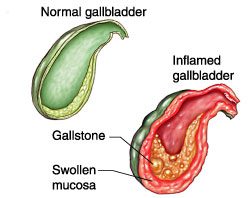
Treatment:
Treatment for cholecystitis usually involves a hospital stay to control the inflammation in your gallbladder. At the hospital, your doctor will work to control your signs and symptoms. Treatments may include:
Fasting: You may not be allowed to eat or drink at first in order to take stress off your inflamed gallbladder.
Fluids through a vein in your arm: This treatment helps prevent dehydration. Antibiotics to fight infection. If your gallbladder is infected, your doctor likely will recommend antibiotics.
Pain medications: These can help control pain until the inflammation in your gallbladder is relieved.
Procedure to remove stones: Your doctor may perform a procedure called endoscopic retrograde cholangiopancreatography (ERCP) to remove any stones blocking the bile ducts or cystic duct.
Your symptoms are likely to decrease in two or three days. However, gallbladder inflammation often returns. Most people with the condition eventually need surgery to remove the gallbladder.
Gallbladder removal surgery is called a cholecystectomy. Usually, this is a minimally invasive procedure, involving a few tiny incisions in your abdomen (laparoscopic cholecystectomy). An open procedure, in which a long incision is made in your abdomen, is rarely required.
The timing of surgery depends on the severity of your symptoms and your overall risk of problems during and after surgery. If you’re at low surgical risk, surgery may be performed within 48 hours or during your hospital stay.
Recovery:
After open surgery, you’ll usually have to stay in hospital for 3 to 5 days, and your recovery time will be longer. It can take around 3 to 4 weeks to return to your normal activities, and 6 to 8 weeks if you have a more manual job.

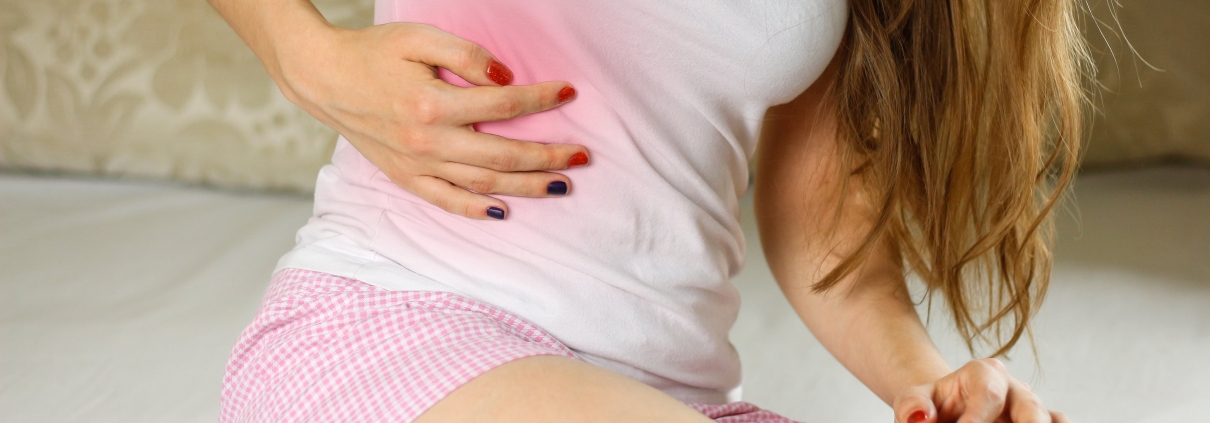
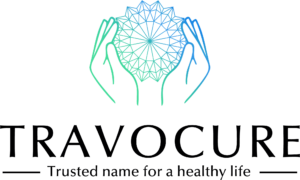
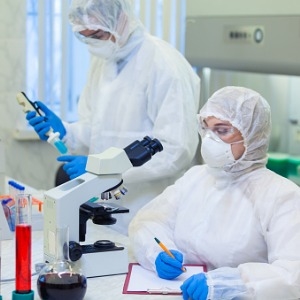
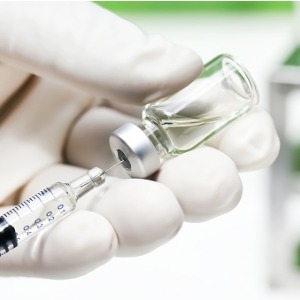
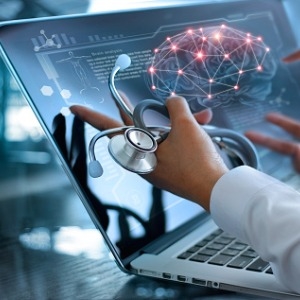
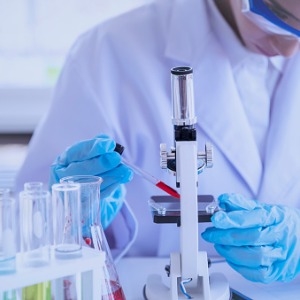
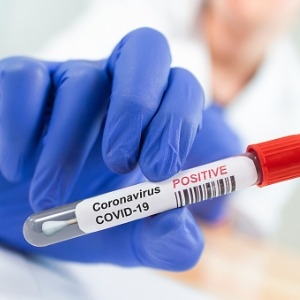








Leave a Reply
Want to join the discussion?Feel free to contribute!